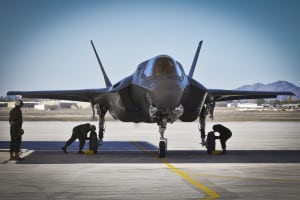
The Marine Corps has found $12 billion it plans to shift from low priorities toward its effort to redesign the force by 2030, divesting of its tanks and addressing ‘over-investments’ in howitzers and short-range, low endurance unmanned systems. Gen. David Berger, the Marine Corps commandant, has released his full force design report, which sets the path for the next 10 years of retooling the service, and addresses potential changes to equipping F-35s and the required number of ground tactical vehicles.…

 By
By 











